6. The Road Warrior (1981)
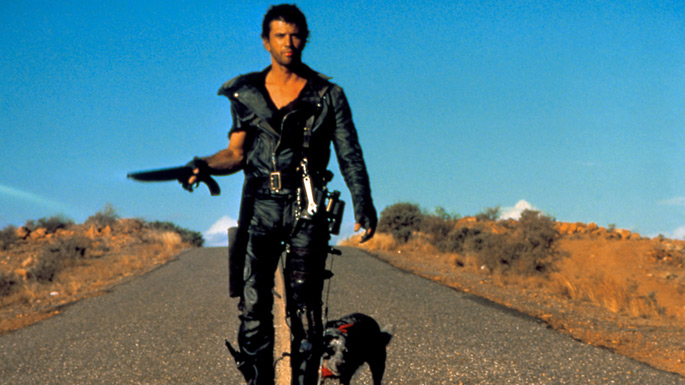
In The Road Warrior, George Miller translates Leone’s classic western carnage into an explosion of dystopian action. Mel Gibson plays Max, Miller’s own Man With No Name. He’s another quiet and brooding tough-guy, unintimidated by his swarms of foes. At a glimpse, The Road Warrior’s cinematography even resembles Leone’s. Miller shoots landscapes to emphasize their expansiveness, exaggerating the vast blue sky hanging over an almost terra cotta ground. This famous aesthetic of Leone’s spaghetti western is adopted into the sci-fi genre.
Of course, the real star of The Road Warrior are the scenes of vehicular chaos dashing through the Australian desert. Miller is something of an oddball, and that’s what makes the Mad Max series a delight. In The Road Warrior, characters adorned in a fusion of medieval and S&M fashion rampage through abandoned streets. While it’s hard to imagine Leone giving into such goofiness, or naming a character The Humungus, The Road Warrior shares Leone’s love for excess.
Think about the climactic shootout in The Good, The Bad & The Ugly; tension is prolonged for an absurdly long time. Leone’s style is ludicrous, and at its core is a desire to have fun. Miller with The Road Warrior, and perhaps even more in Fury Road, craft electrifying and deliciously preposterous action scenes that would make Leone proud.
7. Once Upon a Time in China (1991)
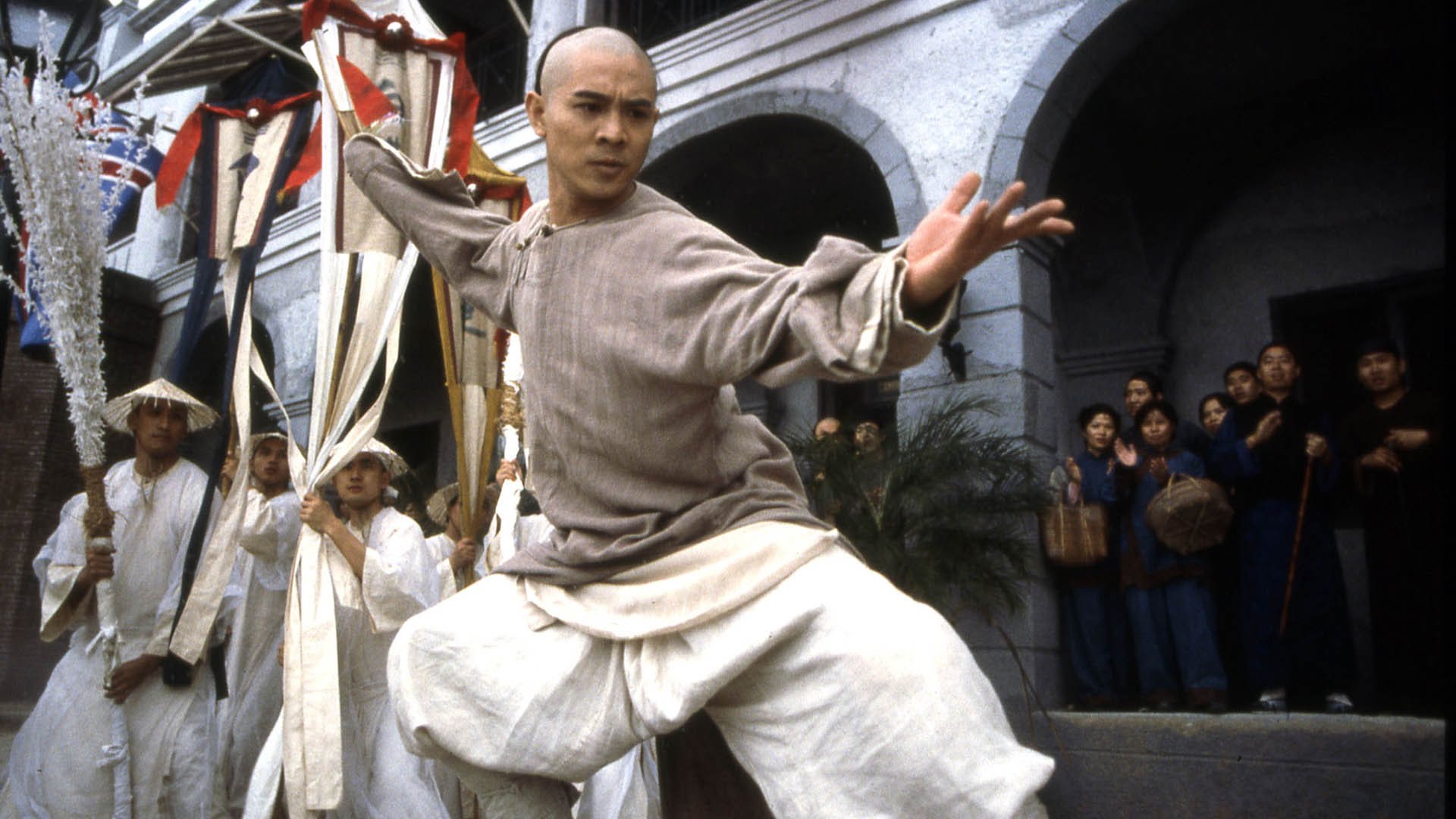
Tsui Hark, a titan of Hong Kong action cinema, paid his debts to Leone with his 1991 classic Once Upon a Time in China. As its title suggests, Tsui’s film takes substantial influence from Leone’s iconic stylizations. In the fashion of The Good, The Bad and The Ugly, the narrative of Once Upon a Time in China conjures an action spectacle from a historical backdrop. Instead of the American Civil War, Tsui’s movie unfolds in 19th Century China. Similarly, Once Upon a Time in China’s action scenes are awe-inspiring, superbly choreographed martial arts sequences rather than bullet-crazed shootouts.
It’s of course ignorant to reduce Tsui’s filmmaking as simply derivative of Leone. For one, Once Upon a Time in China takes inspiration from a variety of other movies as well, such as the wuxia masterworks of King Hu. Furthermore, with all its references and stylistic influences, Tsui is still a distinct filmmaker with his own approach to action. His setpieces are wild and kinetic, climaxing with a battle set on a precarious stack of wooden ladders. Jet Li’s performance and physicality are relentlessly detailed; his screen presence is absolutely magnetic. Clint Eastwood could never deliver a performance like this.
8. The Best of Youth (2003)
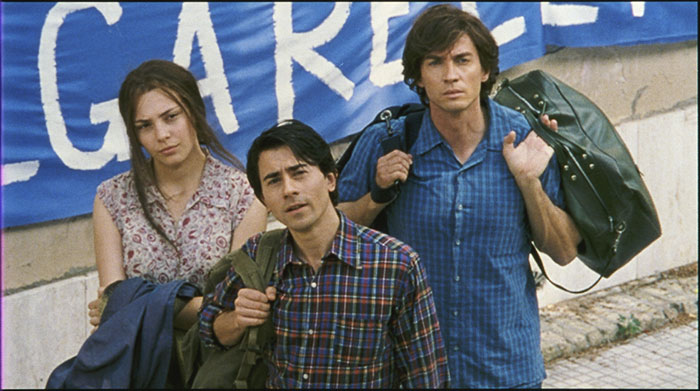
Like a spiritual sequel to Bertolucci’s 1900, Marco Tullio Giordana’s The Best of Youth follows two brothers growing up against the political climate of the back half of Italy’s 20th Century. It’s a sweeping epic, running six hours. In spirit and structure, the movie closely resembles Once Upon a Time in America, a film about nostalgia and the experience of living with a lifetime’s worth of memories.
The Best of Youth is more bittersweet than America, which is profoundly sad and hardly hopefully in its final moments. Yet nonetheless, both movies undertake a similar goal. Film becomes a tool to chronicle both a lifetime and a period in history. These narratives are structured around entire lives rather than a specific series of closely-related events. The structure of the movies mimics memory itself: scattered snapshots from a lengthy lifetime.
9. Dry Season (2006)
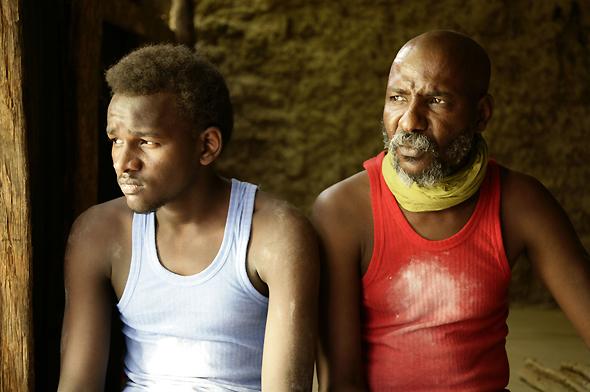
Chadian filmmaker Mahamat-Saleh Haroun’s sophomore feature Dry Season is a quiet revenge drama. It follows a teenager tasked by his grandfather with avenging his father’s death. Slowly, he integrates himself into the life of his father’s killer, preparing to make his move.
Unlike other movies on this list, such as The Great Silence, this is not a movie that immediately reveals its connection to Leone. It’s quiet and minimalistic, unlike Leone whose The Good, The Bad & The Ugly is a textbook example of maximalist filmmaking. And yet, Dry Season shares some undeniable markers of Leone’s filmography, just unfolding with a penchant for restraint.
For one, it’s a film about revenge. It features a stoic protagonist who scarcely talks. Haroun is very invested in the same images as Leone: particularly the handgun and the desert. However, his treatment places the iconography in a different milieu and tone. Vengeance is at the core of the movie, but bloodshed bears a much more substantial emotional weight than in Leone’s movie. Haroun explores the conventions of a western by translating them into the context of an African arthouse movie.
10. The Irishman (2019)
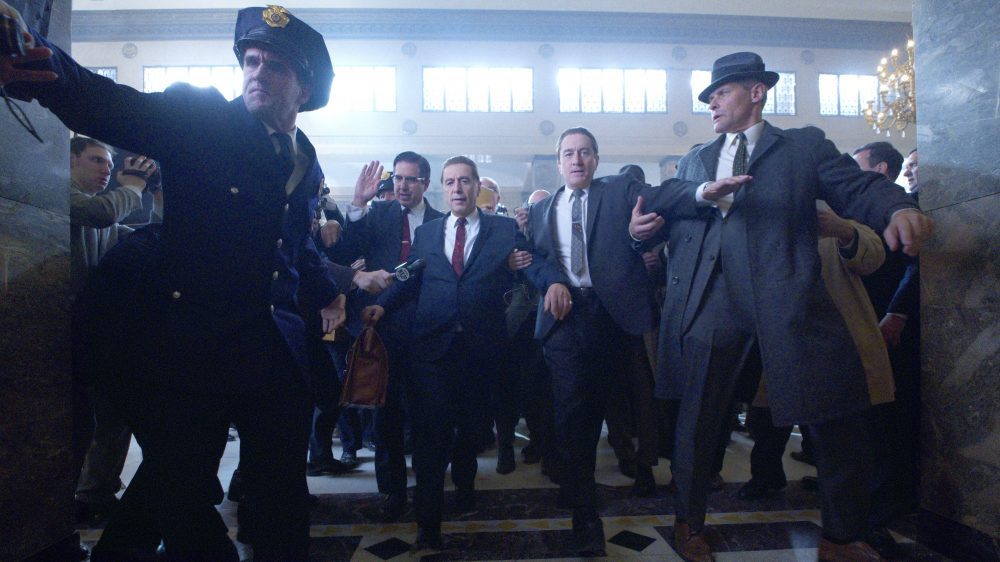
Unlike Leone’s earlier films, which were strictly stylistic exercises, Once Upon a Time in America is a decade-spanning gangster epic driven by emotional arcs and grand tragedies. Martin Scorsese is no stranger to these themes. His latest, The Irishman, unfolds over the course of fifty years, exploring the crushing suffering of grief and remorse.
Both America and The Irishman are driven by quiet, central performances by Robert De Niro. In The Irishman, he sinks into the screen, almost never raising his voice but always commanding attention. His performance is the embodiment of decades worth of regret steeping in one man’s conscience. Scorsese is preoccupied with many of the same themes as Leone, even down to how age withers the body.
Like the frail old Gods of Ezra Pound’s “The Return,” The Irishman chronicles the body’s gradual decay from virility to fragility. Once immortal legends turn grey and a period America comes to an end. America and The Irishman are films about memory: the sole source of joy in the loneliness of old age. They are both deeply elegiac films and profound condemnations of both the American gangster and the country that propels him.